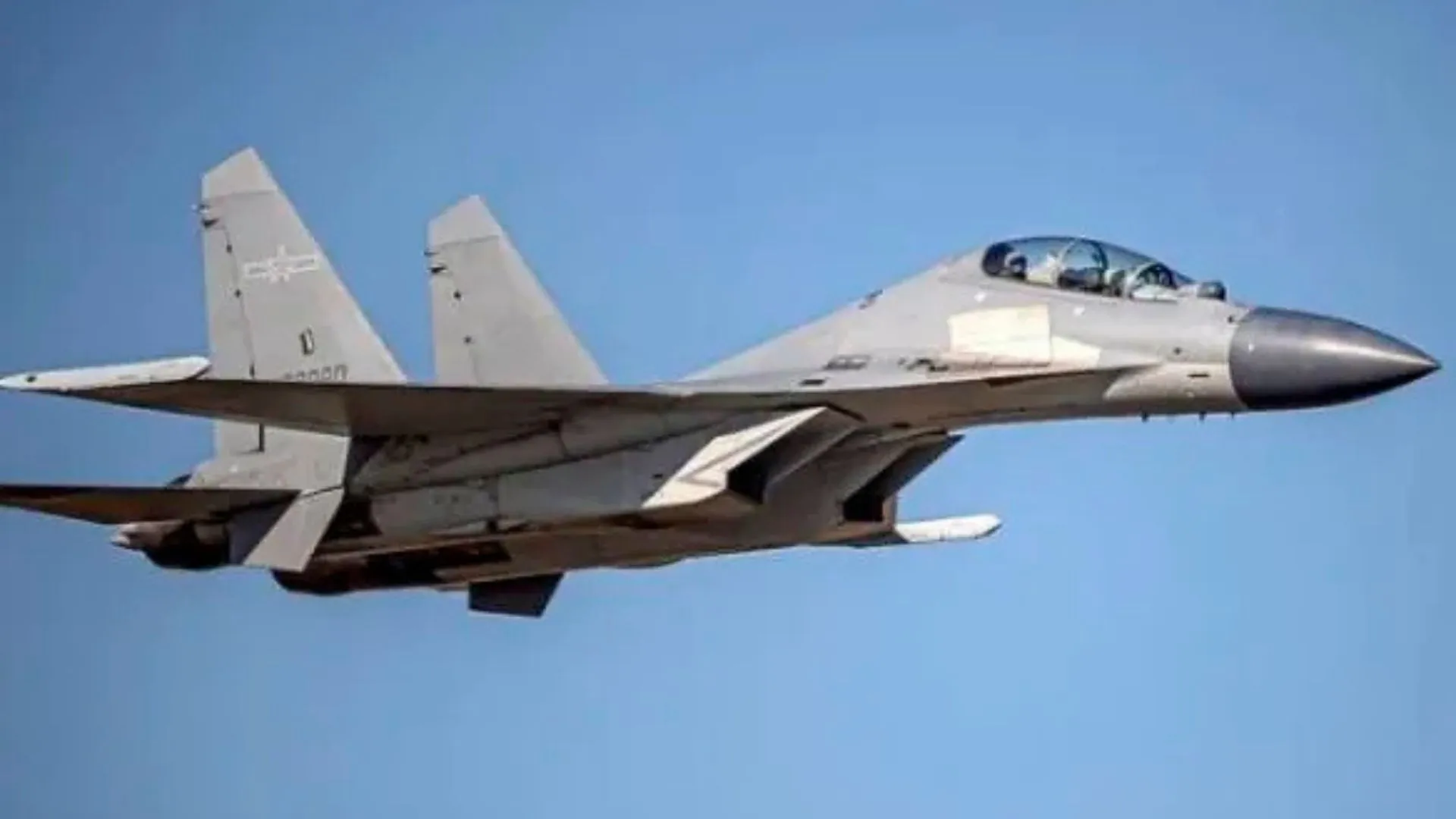China and Australia exchanged accusations on Thursday over military operations in the South China Sea, with Beijing claiming that an Australian military aircraft “deliberately” entered Chinese airspace and Canberra alleging that a Chinese fighter jet carried out “unsafe” maneuvers.
China’s foreign ministry stated that the Australian plane was expelled after it “deliberately intruded into the airspace of China’s Paracel Islands without China’s permission and violated China’s sovereignty” on Tuesday.
The ministry’s spokesperson, Guo Jiakun, said Beijing has lodged “solemn representations” with Australia, urging it to “stop infringing its rights, provoking [China], and undermining peace and stability in the South China Sea.”
China asserts control over the Paracel Islands—referred to as the Xisha Islands in China—along with other key territories in the resource-rich waters, although the archipelago is also claimed by Vietnam.
Meanwhile, Australia’s Department of Defence accused a Chinese J-16 fighter jet of executing “unsafe and unprofessional” actions against an Australian maritime surveillance aircraft in the disputed waters.
Australian Defence Minister Richard Marles stated that a Chinese jet released flares within 30 meters (100 feet) of an Australian Air Force P-8A Poseidon aircraft. He added that the Australian plane was “challenged by a couple of J-16 Chinese air force planes” during a routine patrol in international airspace, without specifying the exact location.
Marles said Australia had “made representations about our concerns” to Beijing on Wednesday and Thursday regarding the incident.
According to the department, the pilot was unharmed, and the aircraft sustained no damage.
Similar encounters have occurred in the increasingly contested waters and airspace of the region.
In 2023, Canberra lodged a formal protest after a Chinese destroyer came dangerously close to an Australian diving operation in Japan’s exclusive economic zone, causing injuries to military divers.
Beijing and Canberra also clashed last May when a Chinese J-10 fighter intercepted an Australian MH-60R Seahawk helicopter over the Yellow Sea. Australia claimed the fighter released flares in its flight path in a maneuver deemed “both unsafe and unprofessional.” However, Beijing defended its actions as “legitimate,” asserting that the Australian military helicopter was “disrupting” its naval training.
In a separate statement on Thursday, the Australian Department of Defence noted that a Chinese navy task group was operating northeast of Australia and that the military was actively monitoring its movements.
The task group, consisting of the frigate Hengyang, the destroyer Zunyi, and a supply vessel, had been spotted near “Australia’s maritime approaches,” the department said.
“Australia respects the rights of all states to exercise freedom of navigation and overflight in accordance with international law, just as we expect others to respect Australia’s right to do the same,” the statement added.









